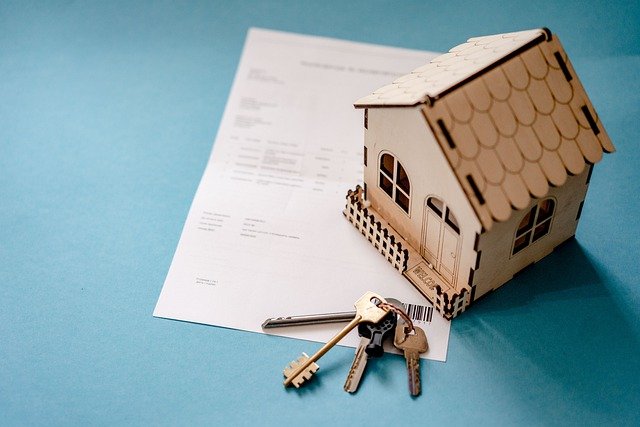
A HELOC is a loan that allows you to only make interest-only repayments. These payments are usually small. These payments are usually small. However, as time goes by, your payments will include the principal amount of your loan. This transition from interest-only payments to principal-and-interest payments is known as the principal-and-interest phase.
Interest-only payment during the heloc drawing period
A HELOC loan has a draw period that lasts from five to ten years. During this period, you can only pay interest on the loan and can make smaller monthly payments. Once the draw period is over, you'll have to start making principal amounts. Understanding this time period can help you plan your repayment schedule.
You only pay interest during your draw period with an interest-only HELOC. This makes borrowing more affordable initially. The principle balance will be due back after the draw period ends. However, it is sufficient to pay off the loan. You can repay the balance in approximately 10 years if you pay only interest during the draw period.

An interest-only HELOC is a way to borrow cash at a lower cost, but it can also come with risks. Variable HELOC interest rates make it difficult to predict when and how much they will rise. HELOCs with an interest-only rate may place your home at serious risk. If interest rates rise during the draw period, you may not be in a position to make your monthly payment.
Minimum monthly payments during the heloc draws period
Refinancing your HELOC before it expires is a good idea to keep your monthly minimum payment as low and manageable as possible. Most lenders will allow conversions of variable rate HELOCs to fixed rates prior to the end of the draw period. Additionally, you can repay all of your HELOC principal before the draw period expires. This will lower your overall loan balance and allow you to close the loan.
While the minimum monthly payment during the HELOC draw period is typically low, it may not be enough to pay off the loan balance in the draw period. Interest rates can fluctuate according to the economy. Even if your payments are small during the draw period, you will need to make more interest payments during the repayment period to cover the principle balance.
The cost of a heloc draw for a period of time
HELOC draw periods are subject to significant variation in cost. While the initial interest rate is the same, it will fluctuate depending on changes in the economy and other factors. This fluctuation will make it important for you to plan your budget and have enough breathing room to handle the payments that will most likely increase and decrease.

The draw period for a HELOC is usually between five and ten years. The repayment period may be extended up to twenty years. HELOCs are not required to be repaid within five years. It is possible to save hundreds of bucks per month by paying your monthly installments on time.
HELOC interest rates can vary depending on the home's worth and the amount of your mortgage. A lot of lenders charge fees to open accounts. The fee to open an account is usually $50. However, you will be allowed to withdraw a part of your money if the balance is paid in full within the set time. The interest rate charged on your loan is less than that of a credit card. However, the lender can foreclose on you if you default.
FAQ
Do I need to rent or buy a condo?
If you plan to stay in your condo for only a short period of time, renting might be a good option. Renting allows you to avoid paying maintenance fees and other monthly charges. However, purchasing a condo grants you ownership rights to the unit. You are free to make use of the space as you wish.
What is reverse mortgage?
A reverse mortgage is a way to borrow money from your home without having to put any equity into the property. You can draw money from your home equity, while you live in the property. There are two types: conventional and government-insured (FHA). With a conventional reverse mortgage, you must repay the amount borrowed plus an origination fee. FHA insurance covers the repayment.
What are the three most important factors when buying a house?
The three most important things when buying any kind of home are size, price, or location. The location refers to the place you would like to live. The price refers to the amount you are willing to pay for the property. Size is the amount of space you require.
Statistics
- Based on your credit scores and other financial details, your lender offers you a 3.5% interest rate on loan. (investopedia.com)
- Over the past year, mortgage rates have hovered between 3.9 and 4.5 percent—a less significant increase. (fortunebuilders.com)
- Some experts hypothesize that rates will hit five percent by the second half of 2018, but there has been no official confirmation one way or the other. (fortunebuilders.com)
- 10 years ago, homeownership was nearly 70%. (fortunebuilders.com)
- Private mortgage insurance may be required for conventional loans when the borrower puts less than 20% down.4 FHA loans are mortgage loans issued by private lenders and backed by the federal government. (investopedia.com)
External Links
How To
How to find houses to rent
Renting houses is one of the most popular tasks for anyone who wants to move. It may take time to find the right house. When choosing a house, there are many factors that will influence your decision making process. These factors include price, location, size, number, amenities, and so forth.
You can get the best deal by looking early for properties. Also, ask your friends, family, landlords, real-estate agents, and property mangers for recommendations. You'll be able to select from many options.